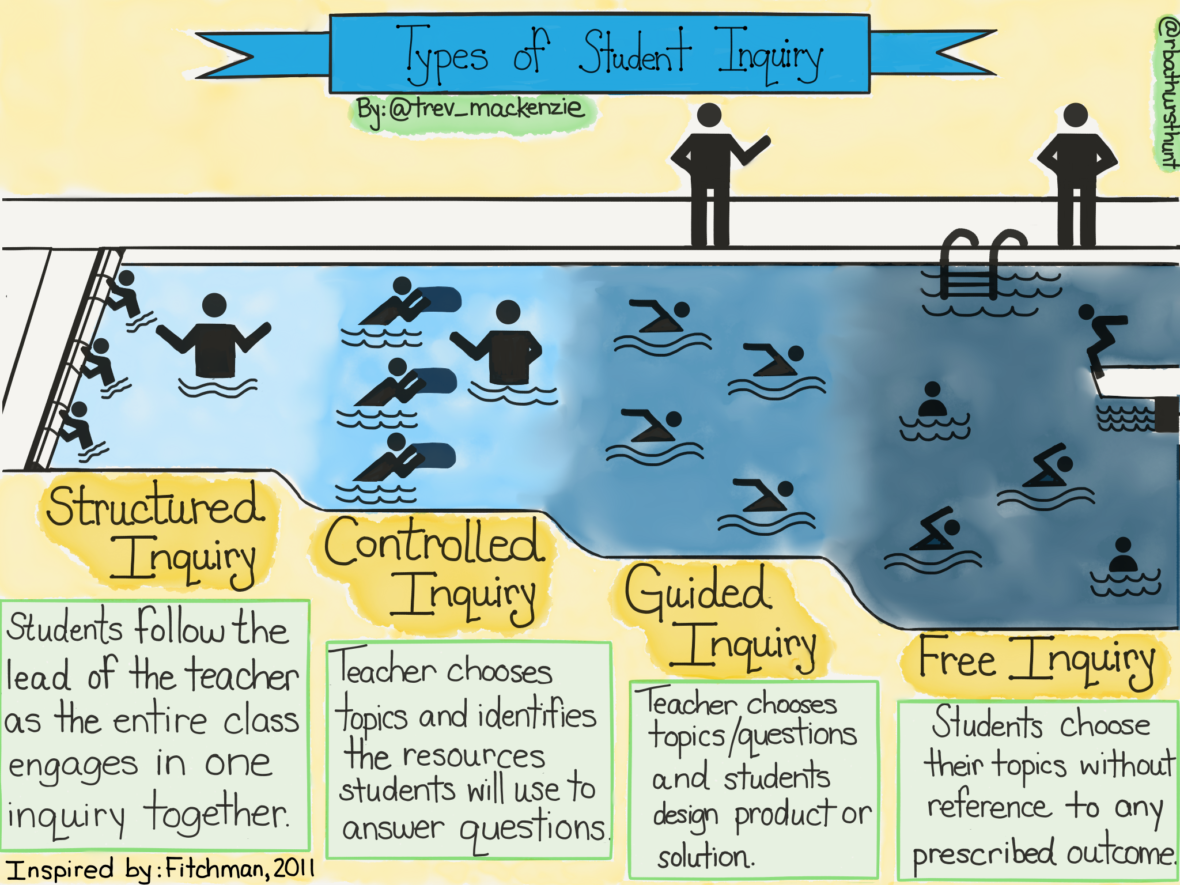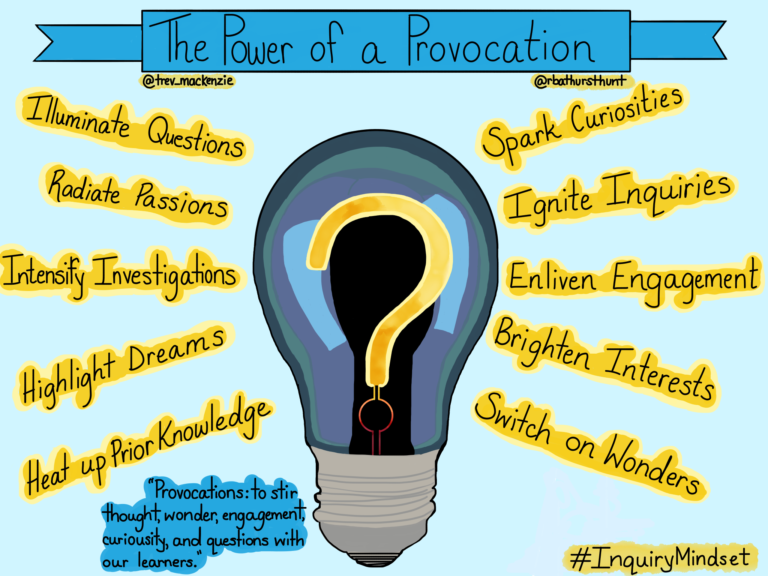The following is a re-post from a 2016 EDUCAUSE Review article of ours with minor updates.
(1) the circumstances under which personalized learning can help students and
(2) the best way to evaluate the real educational value for products that are marketed under the personalized learning banner.
The most descriptive label we could come up with for the practices that the two of us have observed in our school visits might be undepersonalized teaching.
The most stereotypical depersonalized teaching experience is the large lecture class, but there are many other situations in which teachers do not connect with individual students and/or meet the students’ specific needs. For example, even a small class might contain students with a wide-enough range of skills, aptitudes, and needs that the teacher cannot possibly serve them all equally well. Or a student may have needs (or aptitudes) that the teacher simply doesn’t get an opportunity to see within the amount of contact time that the class allows. The truth is that students fall through the cracks all the time, even in the best classes taught by the best teachers. Failing a course is the most visible evidence, but more often students drift through the class and earn a passing grade—maybe even a good grade—without getting any lasting educational benefit.
personalized learning as a practice rather than a product
Technology then becomes an enabler for increasing meaningful personal contact. In our observations, we have seen three main technology-enabled strategies for lowering classroom barriers to one-on-one teacher/student (and student/student) interactions:
- Moving content broadcast out of the classroom: Even in relatively small classes, a lot of class time can be taken up with content broadcast such as lectures and announcements. Personalized learning strategies often try to move as much broadcast out of class time as possible in order to make room for more conversation. This strategy is sometimes called “flipping” because it is commonly accomplished by having the teacher record the lectures they would normally give in class and assign the lecture videos as homework,
- Turning homework time into contact time: In a traditional class, much of the work that the students do is invisible to the teacher. For some aspects, such as homework problems, teachers can observe the results but are often severely limited by time constraints.Personalized learning approaches often allow the teacher to observe the students’ work in digital products, so that there is more opportunity to coach students.
- Providing tutoring: Sometimes students get stuck in problem areas that don’t require help from a skilled human instructor. Although software isn’t good at teaching everything, it can be good at teaching some things. Personalized learning approaches can offload the tutoring for those topics to adaptive learning software that gives students interactive feedback while also turning the students’ work into contact time by making it observable to the teacher at a glance through analytics.

In the business world, an analogous initiative might be called “business process redesign.” Emphasis is on process. The primary question being asked is, “What is the most effective way to accomplish the goal?” The redesigned process may well need software, but it is the process itself that matters. In personalized learning, the process we are redesigning is that of teaching individual students what they need to learn from a class as effectively as possible (though we can easily imagine applying the same kind of exercise to improving advising, course registration, or any other important function).
Self-Regulated Learning
Students in the course spend part of their class time in a computer lab, working at their own pace through an adaptive learning math program. Students who already know much of the content can move through it quickly, giving them more time to master the concepts that they have yet to learn. Students who have more to learn can take their time and get tutoring and reinforcement from the software. Teachers, now freed from the task of lecturing, roam the room and give individual attention to those students who need it. They can also see how students are doing, individually and as a class, through the software’s analytics. But the course has another critical component that takes place outside the computer lab, separate from the technology. Every week, the teachers meet with the students to discuss learning goals and strategies. Students review the goals they set the previous week, discuss their progress toward those goals, evaluate whether the strategies they used helped them, and develop new goals for the next week.

